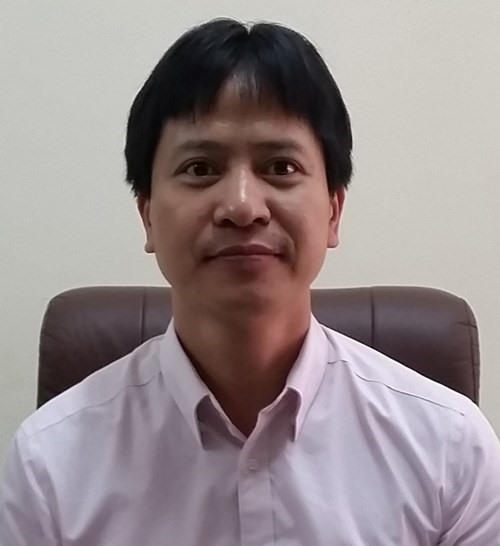 Opinion
Opinion

Local authorities across the country have incurred heavy debts of approximately VNĐ15 trillion (US$ 672 million) during the execution of the national programme to build new-style rural areas in its first phase from 2011 to 2015. Việt Nam News talks to Nguyễn Minh Tiến, head of the Central Co-ordinating Office for New-style Rural Areas on how to prevent a reccurrence of the situation in the second phase of the programme starting this year.
 |
| Nguyễn Minh Tiến |
Local authorities across the country have incurred debts of approximately VNĐ15 trillion (US$672 million) through the national programme to build new-style rural from 2011 to 2015. Việt Nam News talks to Nguyễn Minh Tiến, head of the Central Co-ordinating Office for New-style Rural Areas on how to prevent the situation reoccurring.
What are the reasons for the huge debt?
There are both objective and subjective reasons. For objective reasons, funding from the national budget for the programme was limited and did not meet goals set by the National Assembly due to difficulties in the national economy. The slowdown of the economy also discouraged contributions to the programme from other economic sectors, such as private enterprises and economic organisations.
Besides funds from central government, provinces and districts, almost all local authorities require commune authorities to provide counterpart funds to implement the programme. Commune authorities have no income, so the counterpart funds depend on money earned from selling land. However, the money received from this activity was much lower than expected.
For subjective reasons, first, near the end of phase one, in 2014 – 2015, many localities tried to meet targets while lacking resources. They resorted to borrowing money. Second, local authorities at district and commune levels and investors were authorised to carry out projects by themselves. However, due to limited capability, they failed to calculate the exact capital needed for projects and failed to control project execution. As a result, costs increased. Some localities also granted projects to private enterprises before securing the funds.
The national programme on new rural development has entered the second phase (2016-2020). How can we meet the goal that 50 per cent of communes will be a new-style rural area and ensure the sustainability of the programme?
The most important thing is correcting wrongdoings related to the debts incurred during the implementation of the programme. We have worked with the National Assembly’s Supervising Board and proposed localities commit to completely pay back unpaid debts, especially localities using their own budgets. Second, we must end the practice of enterprises advancing money to carry out projects.
Can you be more specific about carrying out the programme in the second phase without debts?
According to a decision issued by Prime Minister Nguyễn Xuân Phúc in October, provincial authorities are authorised to set specific criteria for new-style rural areas at commune level in 2016 – 2020 based on the national programme’s general criteria. They should consider flexibly adjusting these criteria for their localities to reduce investment demands and avoid rushing construction projects to meet criteria.
Second, targets should be set based on capabilities. Based on the National Assembly’s general target of having 50 per cent of communes become new-style rural areas, the Central Steering Committee of the programme has been approved by the Government to assign different goals for different regions. For example, the target for northern mountainous areas is only 28 per cent, while that of Red River Delta and Southeast region, which enjoy better conditions, is 80 per cent. This will help avoid the pressure of unrealistic targets.
Also, the national budget for the programme in 2016-2020 has considerably increased. In the first phase (2011-2015), it was VNĐ16.5 trillion ($739 million). Now in the second phase, the figured has increased 3.8 times to about 63.15 trillion. In a recent meeting the PM committed that besides the national budget that the NA agreed to allocate, the Government will seek other resources, even loans from international financial institutions. This will probably create “a force of gravity” to attract resources from other sources to build new rural areas.
We will also conduct careful and thorough assessment of projects and closely supervise their implementation to tackle any problems that arise. – VNS




